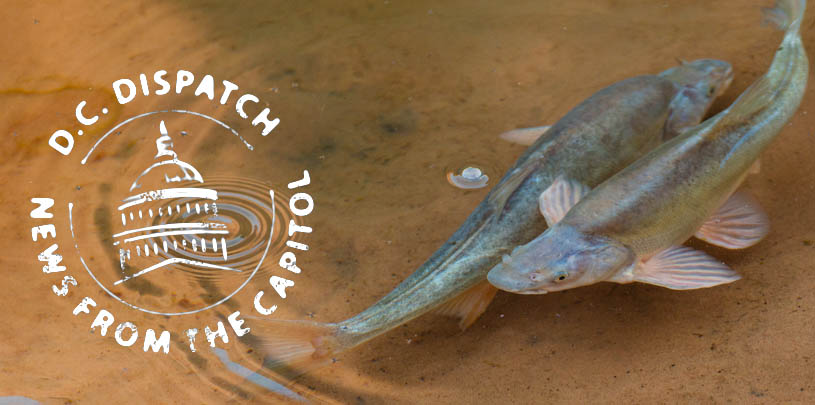
 by Ed Grumbine, North Rim Ranches Director
by Ed Grumbine, North Rim Ranches Director
Endangered species need your help. The Trump administration, acting through the U.S. Fish and Wildlife Service and NOAA Fisheries, is attempting to undermine the Endangered Species Act, the law that has protected the bald eagle, California condor, and humpback chub from extinction.
Without the protection of the Endangered Species Act, the Mexican spotted owl might already be missing from its old forest haunts in the Grand Canyon and on the North Rim, and the Colorado River willow-thicket song of the southwestern willow flycatcher would be but a memory. And these are species that are already listed as endangered. In the Grand Canyon National Park alone there are an additional 12 plants and animals that are of "special concern" and may need legal protection in the future.
The administration says it wants to “streamline and clarify” the Act, but this is a smokescreen for reducing on-the-ground protections for animals and plants that are teetering on the edge of existence.
In your own words, please voice your support for three key parts of the law the administration is trying to change:
The Mexican spotted owl offers a prime example of a threatened species that could be affected by these changes. Right now, the owl has protection about as strong as if it was listed as endangered, no economic data has been used to qualify its status, and climate change is projected to begin to impact the bird's forest home in the “foreseeable future,” though few scientists working today would say that these projections are “probable.” But all this could change if the new rules are put in place.
If the Trump administration really wanted to “produce the best conservation results for species” by revising the Endangered Species Act, agencies would incorporate all the conservation science that has been discovered since the last time the law was changed in the 1980s. For example, we now know that pronghorn, mule deer, and other wide-ranging mammals need protected habitat corridors so that they can move safely over long distances. But under the current Endangered Species Act, no corridors have specific legal protection anywhere on the Colorado Plateau.
Incorporating the latest conservation science would really produce the best results and bring the Endangered Species Act into the 21st century. Feel free to add this to your comments!
Prefer snail mail? Send a letter to:
Want more info before you comment? Read the proposed rule or this op-ed by The New York Times editorial board.
Proposal to build massive communications tower on state lands inside Bears Ears National Monument withdrawn
Read MoreThe Navajo Nation and communities along the haul route oppose uranium transport from Grand Canyon region mine.
Read MoreDeveloper's attempt to dam a canyon near the confluence of the Colorado and Little Colorado rivers halted.
Read More